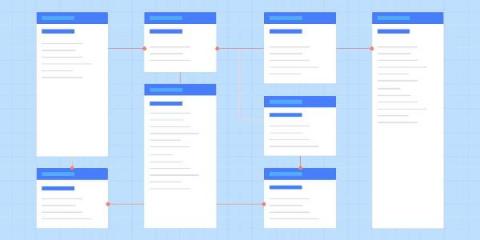4 reasons why the BI industry has run out of ideas
While there has been some incremental improvements in the last few years, there has been nothing significant recently - and I think there are four clear reasons for that. Firstly, there has been a lot of consolidation in the industry recently. When that happens, behemoth vendors focus far more on selling than building new products that are going to disrupt the industry.











